Trans-Air Service Flight 671 was a cargo flight from Luxembourg Airport to Mallam Aminu Kano International Airport in Kano, Nigeria. While flying over France on March 31, 1992, the Boeing 707 operating the flight experienced an in-flight separation of two engines on its right wing. Despite the damage to the aircraft, the pilots were able to perform an emergency landing at Istres-Le Tubé Air Base in Istres, France. All five occupants of the aircraft survived; however, the aircraft was damaged beyond repair due to a fire on the right wing.
Aircraft and crew
Aircraft
The aircraft was a 28-year-old Boeing 707-321C, serial number 18718. It had been manufactured in April 1964 and was first delivered to Pan Am at end of the month. It had accumulated 60,985 flight hours over 17,907 flights. It was powered by four Pratt & Whitney JT3D-3B engines. During its history, the aircraft's owner and registration had changed multiple times; at the time of the accident, it was registered 5N-MAS and operated for Nigerian operator Trans-Air Service.[1]
Crew
The captain was 57-year-old Swedish national Ingemar Berglund; he had a total of approximately 26,000 hours of flying experience, including 7,100 on the Boeing 707. The first officer was 44-year-old British national Martin Emery; he had approximately 14,000 hours of flying experience, including 4,500 on the Boeing 707. The flight engineer was 55-year-old British national Terry Boone; he had approximately 18,000 hours of flying experience, all on the Boeing 707. A mechanic and a cargo supervisor were also on board the flight.[1][2][3] The mechanic was 36-year-old Nigerian national Ike Nwabudike, and the cargo supervisor was 27-year-old Icelandic national Ingebar Einarssen.
Accident
The flight departed Luxembourg Airport at 07:14 UTC on March 31, 1992; it was carrying 38 tonnes of freight and was destined for Mallam Aminu Kano International Airport near Kano, Nigeria. At approximately 08:11, while the aircraft was climbing through 32,000 feet (9,800 m) over the Drôme department in southeastern France, the crew noticed severe turbulence and heard a loud "double bang"; the aircraft subsequently began to roll to the right. Captain Berglund then disengaged the autopilot and used control column and rudder inputs to regain control of the aircraft. In addition, the fire warning was continuously audible and could not be switched off by the flight engineer. First Officer Emery subsequently observed that the number 4 engine (the right-most of the aircraft's four engines) had detached from the wing and sent out a mayday call. Emery subsequently noticed that the number 3 engine (the inner engine on the right wing) had also detached from the wing. Captain Berglund subsequently started descending towards Marseille while Flight Engineer Boone began dumping fuel in preparation for an emergency landing.[1][4]
During the descent, the crew noticed an airfield ahead; this was Istres-Le Tubé Air Base in Istres, France. The crew subsequently decided to land on runway 15 at Istres; this required a left hand circuit prior to landing. This left turn proved to be very challenging for Captain Berglund given the damage to the aircraft's flight controls; the cockpit voice recorder showed that First Officer Emery was encouraging Berglund by repeating the words "left turn" six times. Shortly before landing, the air traffic controller observed a fire on the aircraft.[1][4]
The aircraft made an emergency landing at Istres at 08:35, approximately 24 minutes after the initial engine separation. During the landing roll, the aircraft ran off the left side of the runway. After the aircraft came to a stop, the crew noticed that there was a fire on the aircraft's right wing. All five occupants of the aircraft survived without any injuries; however, there was considerable fire damage to the right wing. The aircraft was damaged beyond repair.[1][4]
Investigation
Engines Number 3 and 4 were located near Séderon, Drôme.[5] Investigators found that metal fatigue had caused a crack to develop in the pylon that held the number 3 engine (the right inboard engine) to the wing. This weakened the pylon such that it broke on the accident flight, leading to separation of the number 3 engine. The separated number 3 engine then struck the number 4 engine, causing it to separate as well. In addition, an airworthiness directive that required periodic inspections of the pylons was found to be ineffective in detecting such fatigue cracks.[1][4]
Aftermath
In response to the accident, the French BEA (Bureau of Enquiry and Analysis for Civil Aviation Safety) recommended that inspection procedures for engine pylons be modified so that fatigue cracks can be detected more easily. The BEA also recommended that air traffic controllers receive regular training for emergency situations by theoretical study and by performing practical exercises.[1]
The year after the incident, the crew received the Hugh Gordon-Burge Memorial Award from the Honourable Company of Air Pilots.[2][3]
Specifications
General Characteristics
- Successors 2 airplane(s)
- Created On Windows
- Wingspan 144.4ft (44.0m)
- Length 155.9ft (47.5m)
- Height 42.6ft (13.0m)
- Empty Weight 151,870lbs (68,887kg)
- Loaded Weight 170,365lbs (77,276kg)
Performance
- Power/Weight Ratio 2.421
- Wing Loading 51.1lbs/ft2 (249.5kg/m2)
- Wing Area 3,334.1ft2 (309.8m2)
- Drag Points 21077
Parts
- Number of Parts 294
- Control Surfaces 11
- Performance Cost 2,373

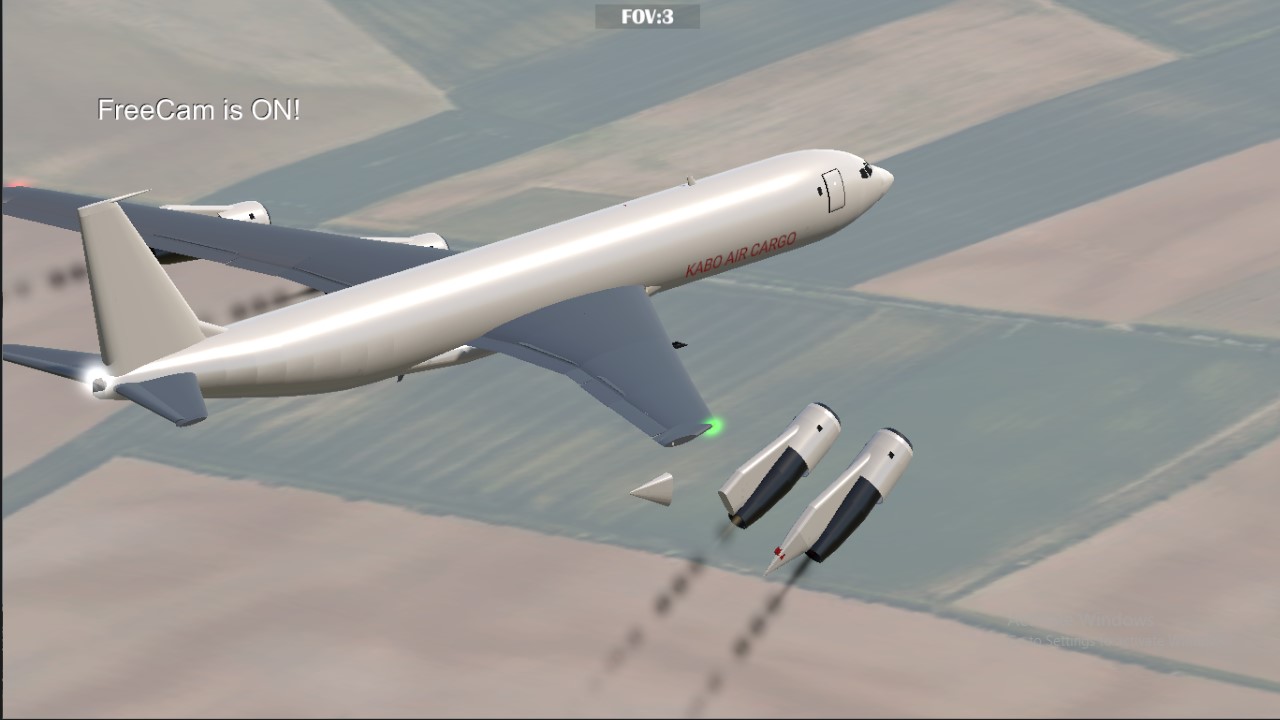

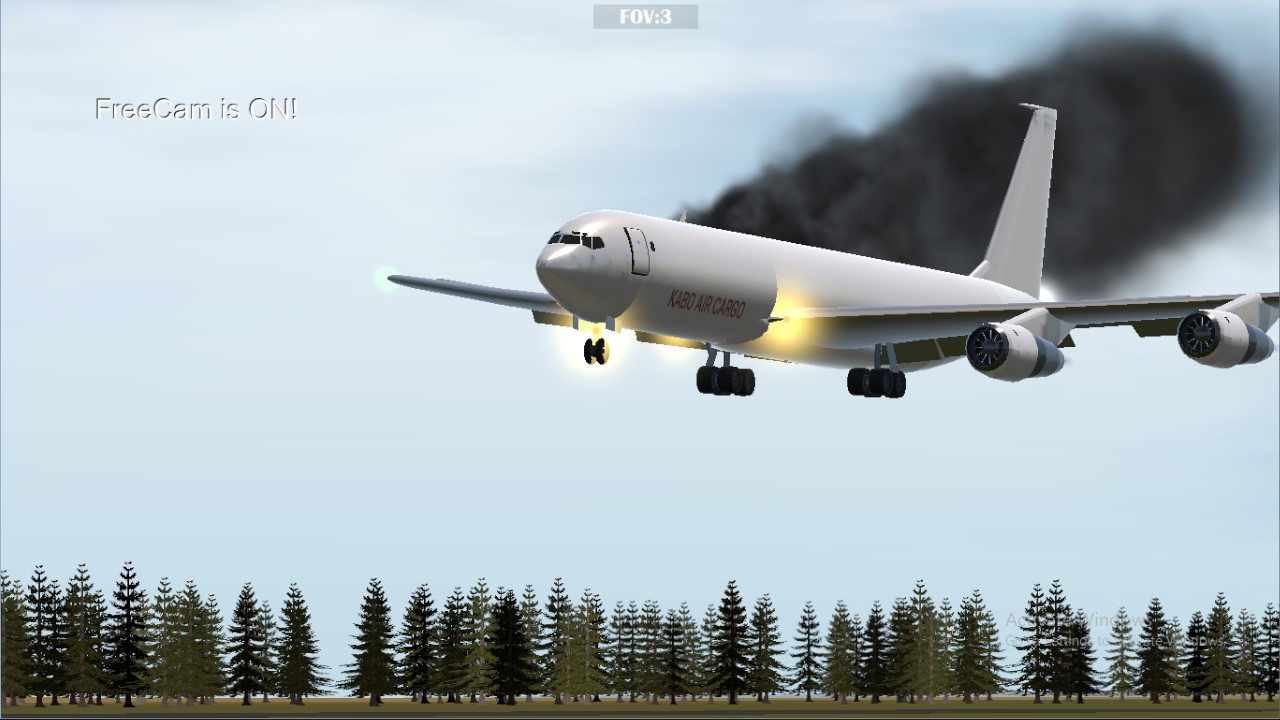
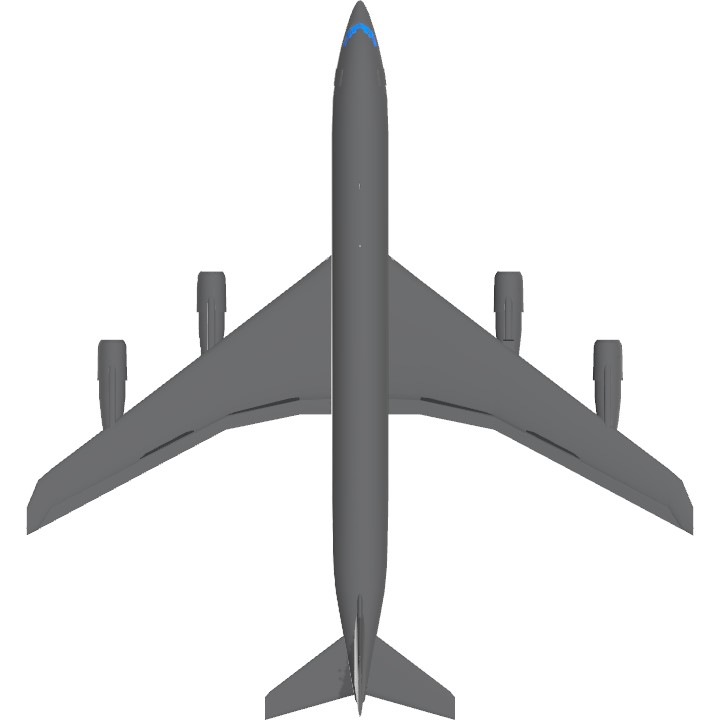
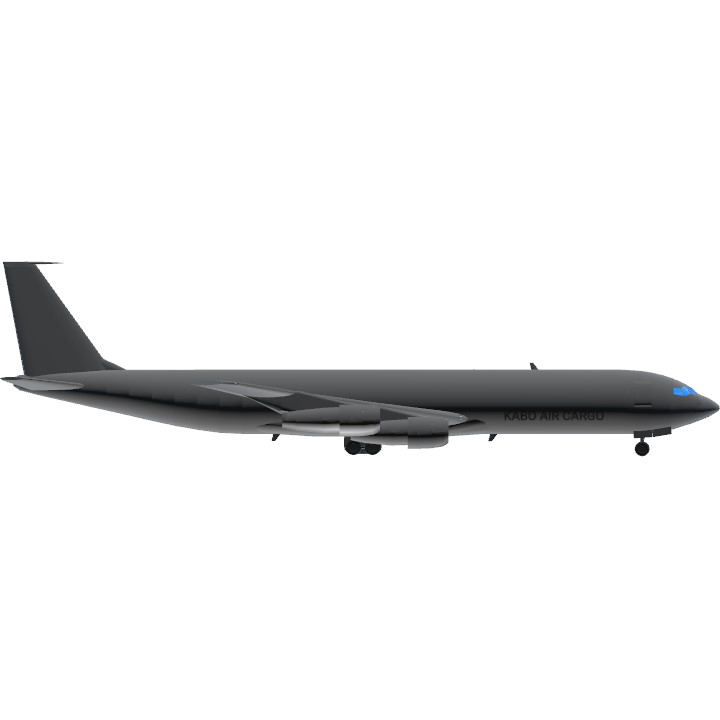
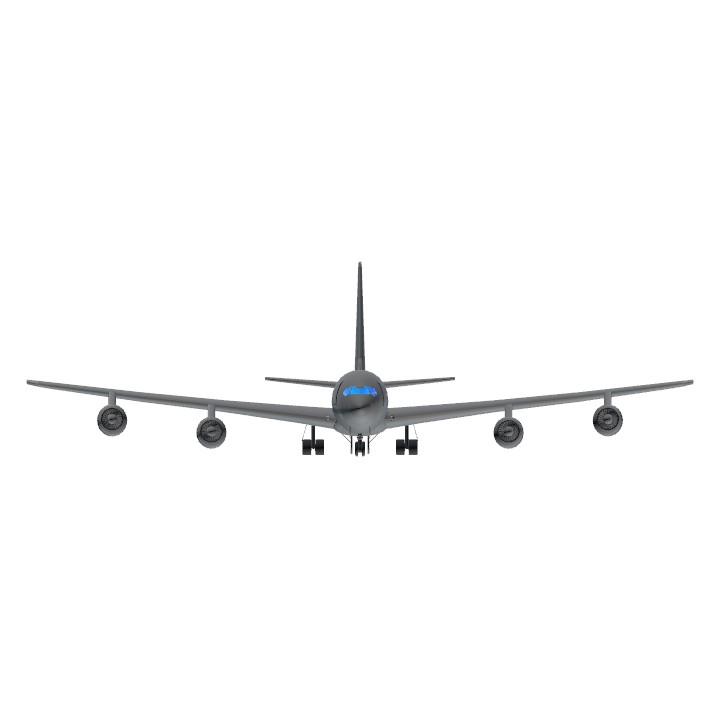
@FigureNe
@FigureNeko872 bro same
@longanbieu he kinda right
When I take out the engines my plane slips (Air Canada 143 reference 💀) and crashes (slip in air)
@Pauloarthur0306A bros yap
@Pauloarthur0306A if you call it trash, you don't have to download and comment about it
Quando os motores se soltam era o nave não consegue nem voar para mim foi uma bosta Total essa aeronave
O negócio não consegue nem Decolar direito
Para mim foi uma bosta total
Link for the map mod
你 引 擎 飞 了
Instructions for the plane if you need it:
AG1:......................Simulate Transair service flight 671
AG2:......................Reverse Thrust
AG4:......................Emergency Slides
AG5:......................Autopilot/ Arcade: Mode
AG6:...................... Stabilization of the plane(Turn on after AG1)
Landing Gear.......Landing Gear and Landing Lights
VTOL.....................Flaps
Trim......................Trim
freebird starts playing
AG1: detach two engine, AG6: Support the plane when it lose two engine (If the aircraft does not have AG6 activated, it will enter a stall)
plane credit: @Annedzsrue